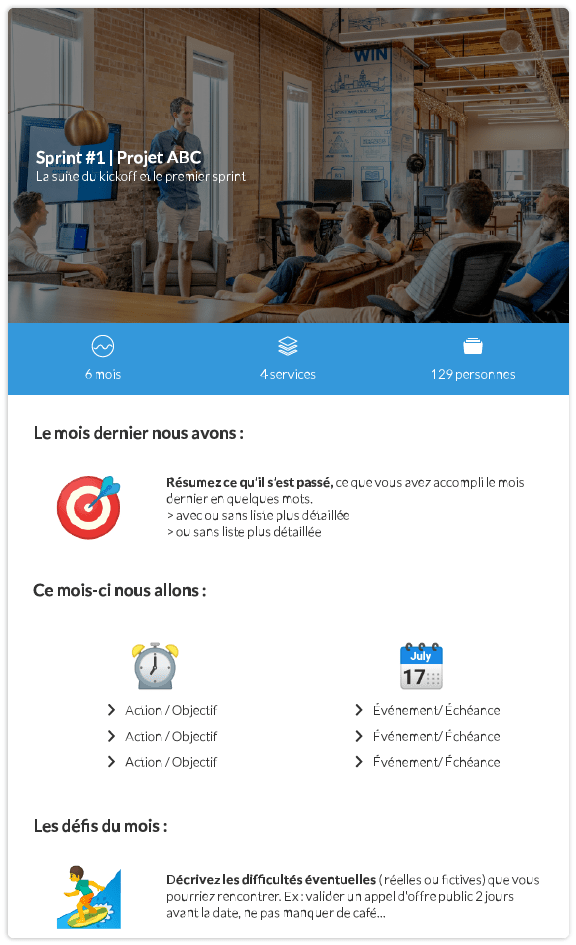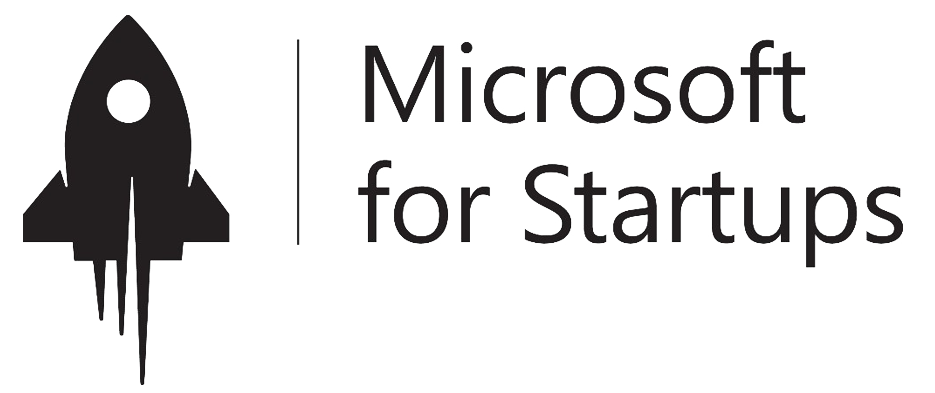30 Jul

What is agile methodology? And what is it used for in project management?
As we know, the art of software development is special and a little different from other types of projects. It requires an adaptable and flexible team, ready to react quickly to changes!
And these teams, very often, use the AGILE methodology!
The AGILE method was originally designed for web development projects. But today, this method is more and more widespread, as it is adaptable to many types of projects!
👉 Discover the “Project Management” template pack
The story
Following the observation of a high project failure rate in the 1990s, 17 software development experts met in 2001 to pool their methods.
The ” Agile Manifesto ” (Agile Manifesto in English) was born from this meeting. This book determines the values and fundamental principles of the Agile method.
The quesaco agile method?
The Agile method is not a single method, but rather a set of methods.
These methods revolve around 4 fundamental values:
- The team, because individuals are at the centre of projects more than processes or tools.
- The application, here the operational functionalities are highlighted
- Collaboration with the client rather than contractualization of relations
- Acceptance of change rather than strict adherence to a plan
From these values the AGILE methodology derives 12 general principles:
- Customer satisfaction as a priority
- Welcoming requests for change
- Deliver operational versions as often as possible
- Ensuring permanent cooperation between the customer and the project team
- Building projects around motivated people
- Favouring face-to-face conversation
- Measuring the progress of the project
- Move the project forward at a sustainable and constant pace
- Continuous attention to technical and design excellence
- Keep it simple
- Empowering teams
- Regularly adjust behaviour and processes to be more effective
So the idea is to stop planning your projects down to the last detail and to follow this plan at all costs. Instead, the objectives will be set in the short term, the projects will be divided into several sub-projects that will allow you to evolve little by little towards the final goal.
The primary objective is customer satisfaction and to be achieved it is important to dialogue with your customer and to remain adaptable and responsive to possible changes on his part, to an evolution of his needs and expectations.
Advantages and disadvantages:
+ Flexibility
+ Collaboration
+ Communication
+ Better customer relations
+ Visibility
+ Better control of costs / budgets
– Less documentation
– Not suitable for certain structures that are too hierarchical
– Does not correspond to some less available clients
– More difficult to establish an overall budget at the beginning of the project
In a nutshell
Unlike a more traditional approach, Agile methodologies offer more flexibility and visibility in project management. These methods have proven themselves, but cannot be used in all structures, for all projects or in all teams.
The little glossary of Methodos:
Agile
A project management methodology characterized by building products that customers really want, using short work cycles that allow fast production and constant adjustment if necessary.
Kanban
A visual approach to project management where teams create physical representations of their tasks, often using sticky notes on whiteboards (or online). Tasks are moved around to track progress and identify common obstacles.
Scrum
A small team is led by a “Scrum Master” whose main task is to remove all obstacles to getting the job done. The work is done in short cycles called sprints, but the team meets daily to discuss ongoing tasks and obstacles that need to be removed.
Adaptive Project Framework (APF)
A project management methodology that grew out of the idea that most IT projects cannot be managed using traditional project management methods. Work is done in stages, and evaluated after each stage.
Extreme Project Management (XPM)
A project management methodology in which you can modify the project plan, the budget and even the final product to meet changing requirements, regardless of the stage of the project.





